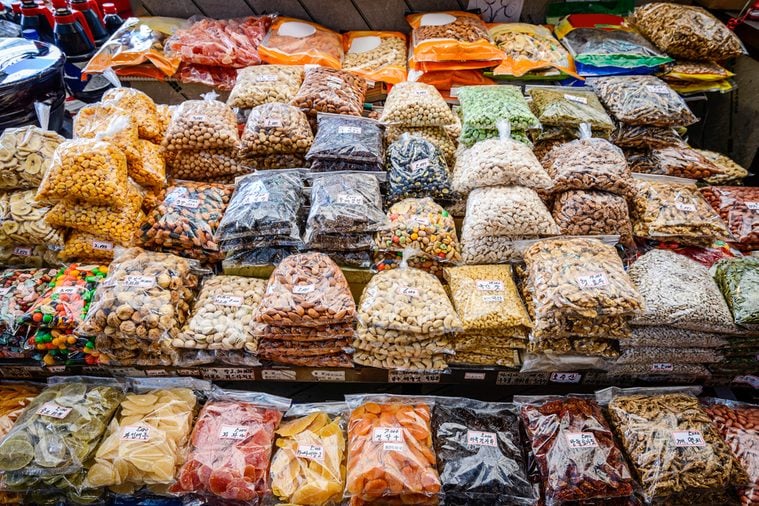
First, some reassuring news
“When we recently examined big food companies over a five-year period, we found that 99 percent of their growth was coming from lower-calorie products. That was, quite frankly, a stunning surprise. So they’re not just sitting around on their hands. They are moving in the right direction.” Former food-industry executive Hank Cardello, director of the Obesity Solutions Initiative at the Hudson Institute (a nonprofit think tank) and author of Stuffed Here’s some more good news: these foods are even better for you than you thought.
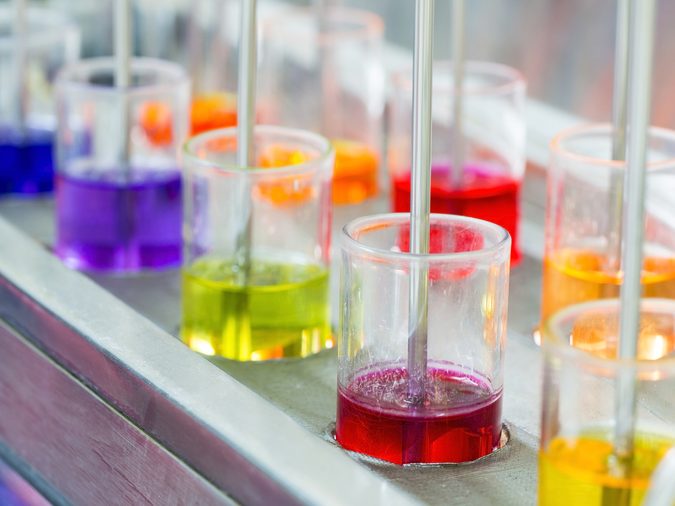
Natural progression
“Consumers clearly want more natural ingredients and transparency about what they’re eating, and smart manufacturers are getting that and responding. Nestlé has moved to get rid of artificial colors and flavors in its chocolate candy. Kraft is removing artificial dyes from some types of macaroni and cheese. And some fast-food chains are removing antibiotics from their chicken.” Hank Cardello
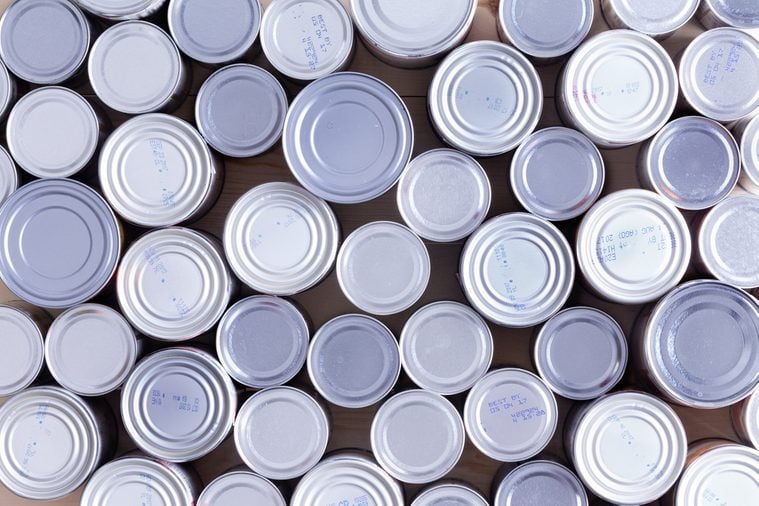
Keep it fresh
“The concept of ‘the dose makes the poison’ is very important in the realm of food, especially when it comes to natural flavors and artificial colors. All food ingredients and nutrients—even those we need to survive—have a threshold for safety. When caramel color was approved, nobody anticipated how much of it would be used in the food and beverage industry. It’s in a lot of foods you don’t expect: certain soups, pilaf, and hamburger, for example. So if everything you eat is from a box, a can, or a bag, then you may get too much and have reason for concern. But if you eat a variety of foods, you don’t have to worry.” Kantha Shelke, PhD, a food scientist who specializes in ingredients at Corvus Blue, a Chicago-based research firm
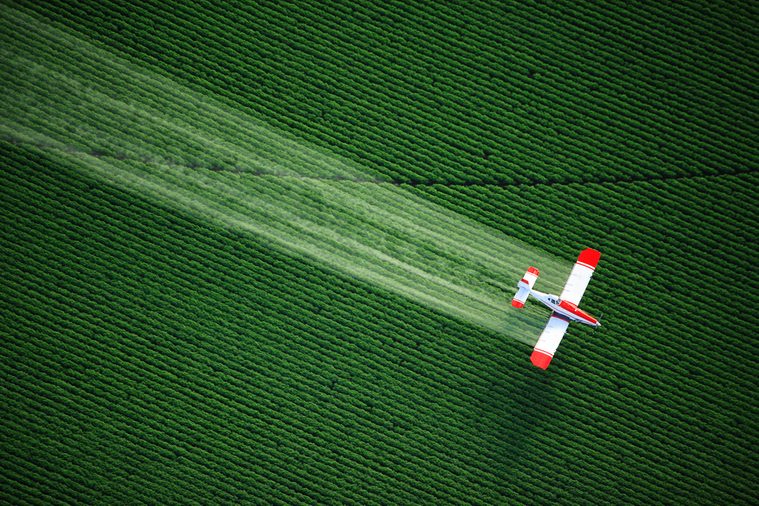
Take health claims with a grain of salt
“Organic foods are the new kids on the block, so producers are fighting aggressively for market share. One way they can increase sales is by convincing you that all chemicals are bad, GMOs are bad, pesticides are bad—and some of that has no basis in science or fact. That makes it very confusing for consumers.” Bruce Chassy, PHD, a food safety and nutrition scientist and a professor emeritus at the University of Illinois at Urbana-Champaign These are the things everyone needs to know about organic foods.
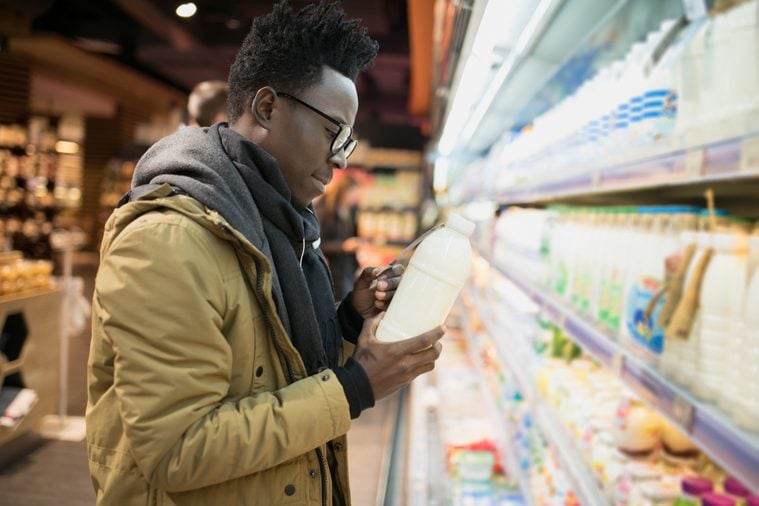
Don’t be scared of big words
“Some people say that if you’re not familiar with an ingredient—if you can’t pronounce it—then you shouldn’t eat it. I think that reflects an ignorance of chemistry and nutrition. Take riboflavin, cobalamin, and pyridoxamine. They’re big words and sound like things you don’t want in your food, but they are actually all forms of vitamin B, and skipping them can be detrimental to your health. Instead of being scared of ingredients you don’t know, educate yourself.” Kantha Shelke, PHD
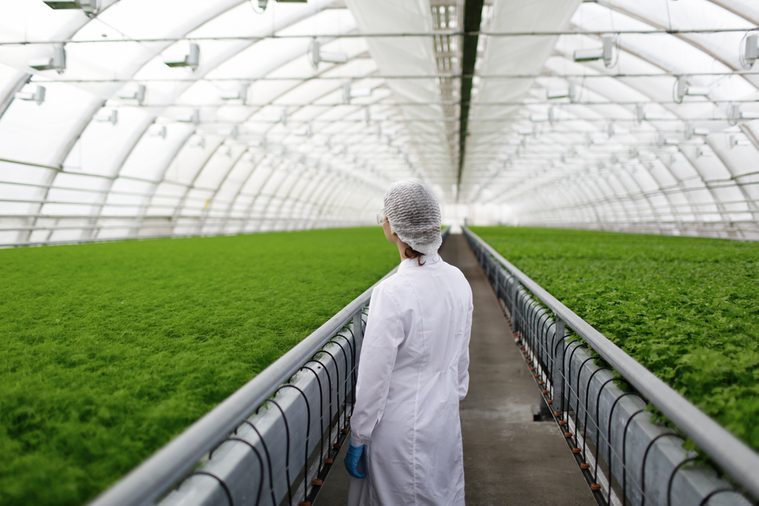
We’re not just in it for ourselves
“It drives me crazy when people think all food marketers are just trying to pull one over on them. For every brand I’ve worked on, consumer research has been the cornerstone of everything. New products always start with solving a problem for consumers. It doesn’t start with solving our business need and then shoving it down consumers’ throats.” Suzanne Ginestro, chief marketing officer at Bolthouse Farms who previously worked at Pinkberry, Red Bull, Nestlé, and Kraft
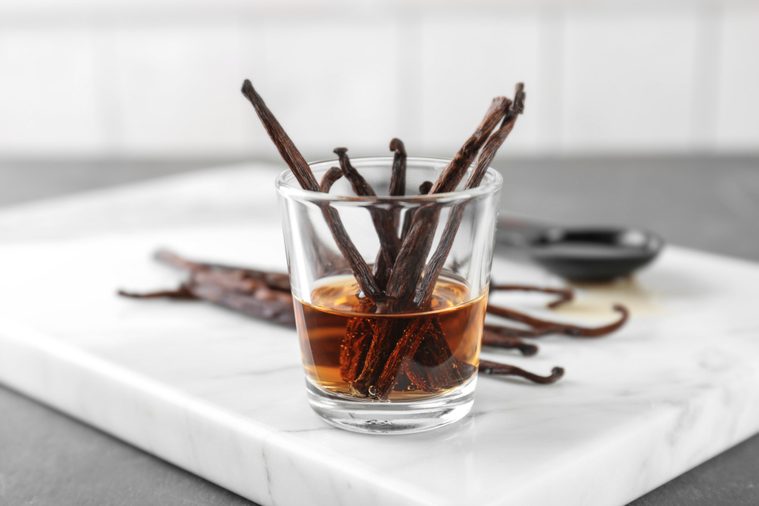
Ingredients, decoded
“People are nervous about synthetic flavors. But as more nations develop Western tastes for prepared foods, we may not have enough natural sources. Take vanilla, which naturally comes from a bean in an orchid. If everyone in India wanted a vanilla milkshake at the same time, there wouldn’t be enough. But we have discovered a way of making a vanillin from algae. It tastes, smells, and acts like regular vanilla, and your body cannot tell the difference.” Kantha Shelke, PhD This is how to decode the trickiest terms on food labels.
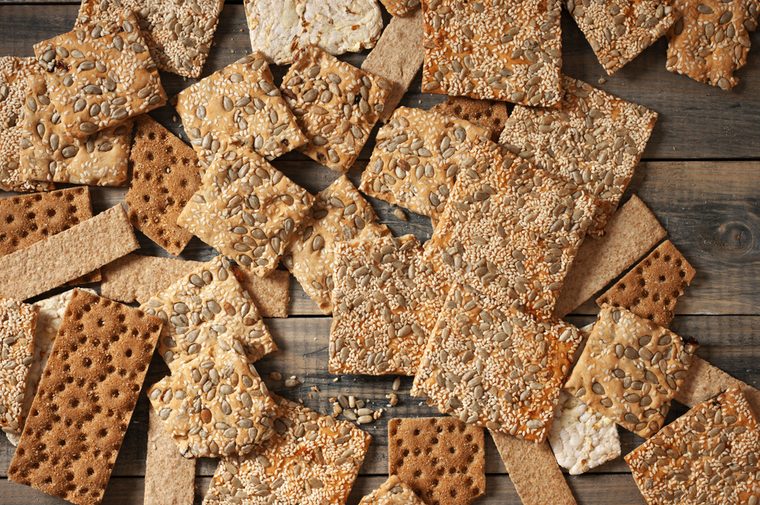
The truth about crackers
“People think crackers are healthy, but in many ways, they’re as bad for you as chips. Your typical cracker is made with refined grains and flavoring built around fat, salt, and sugar. Then preservatives are often added so the crackers can sit on the shelf for a year. Also, whole-grain crackers are rare. Ninety-nine percent of crackers out there are a treat.” Bruce Bradley, former marketing executive for General Millsand author of Fat Profits
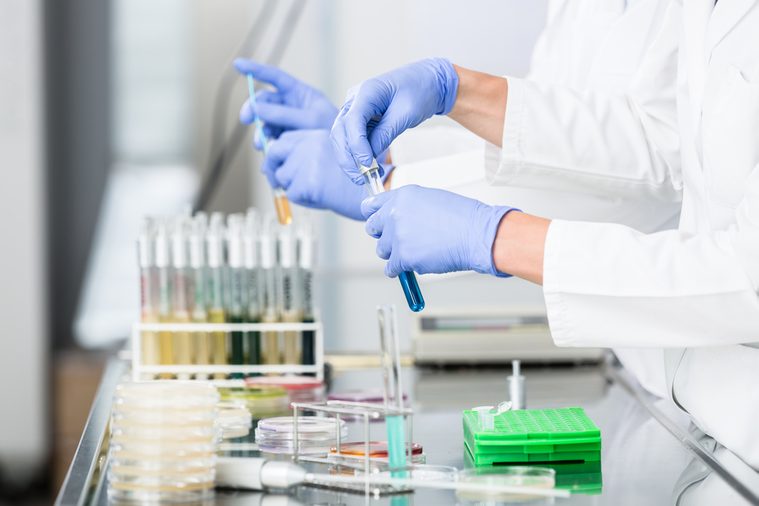
Not-so-natural
“Manufacturers can hide things under natural flavoring. When I started in this business and was interviewing possible partners, I was shocked at the amount of deception. Manufacturers and copackers would ask what ingredients I was using for preservation, and then they would tell me, ‘You know you can use X or Y—just call it natural flavoring on the package. No one will know.’” Jason Burke, founder of the New Primal, a grass-fed beef jerky company
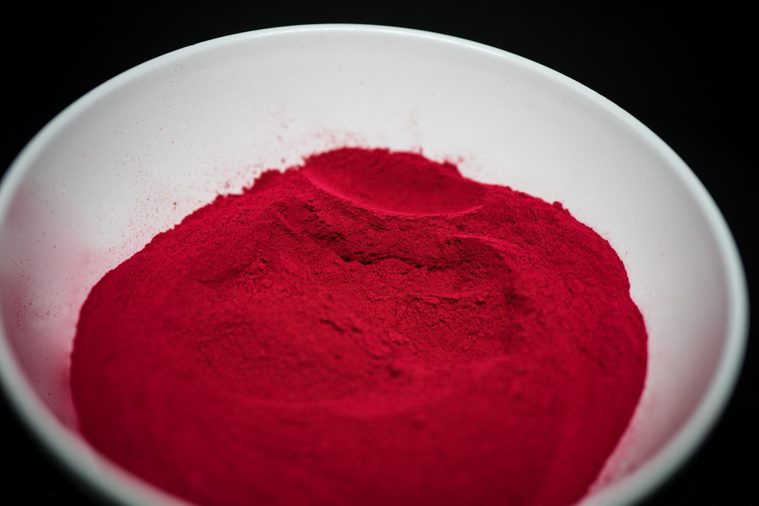
Bug juice
“The red color in many foods comes from crushed insects. If you see carmine or cochineal extract in an ingredients list, the product contains a little powdered bug. But aside from being an allergen for a small number of people, it’s considered safe. Alternatives are petroleum-derived chemicals Red No. 40 and No. 3, which some studies have linked to such health problems as hyperactivity in children and cancer in animals. I’d rather have the insects, to be honest.” Daniel Tapper, author of Food Unwrapped: Lifting the Lid on How Our Food Is Really Produced Here are some other gross things you had no idea were in your food.
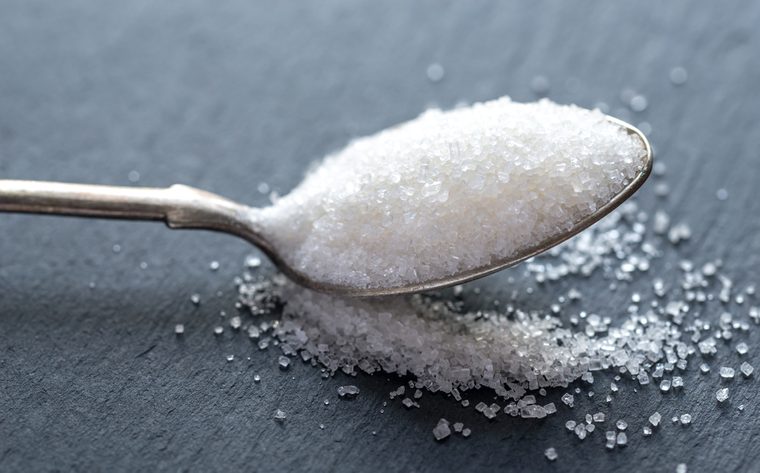
Sneaky sugar
“Some producers hide sugar by giving it different names—high-fructose corn syrup, cane crystals, dextrose, evaporated cane juice, agave nectar, and fruit juice concentrate. If a product has a lot of sugar, some companies will intentionally use two or more different types so sugar doesn’t end up being number one on the ingredients list. The FDA has proposed a change that would require manufacturers to add up all these types of sugar and list them as added sugars.” Walter Willett, MD, chairman of the department of nutrition at the Harvard School of Public Health in Boston
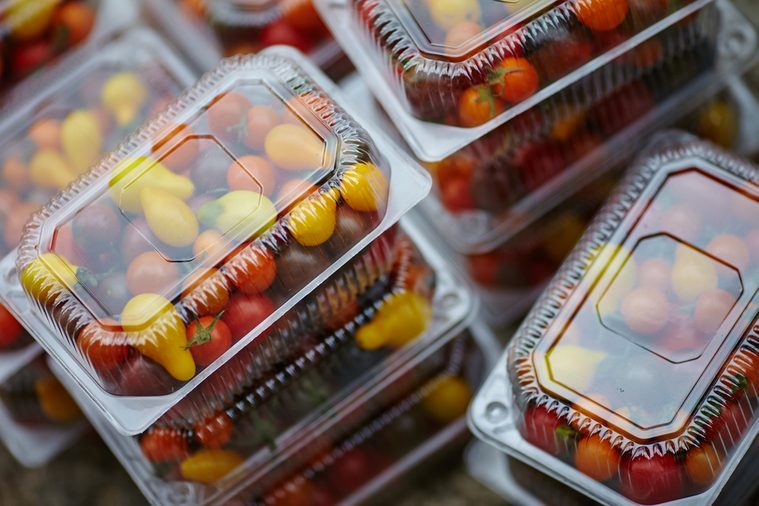
Secret ingredients
“In any food, there may be a number of unlabeled ingredients. Studies have shown that trace amounts of pesticides are routinely present in foods. Other ingredients come from the packaging. When food is in a box, for instance, tiny bits of cardboard and the chemicals used to produce the cardboard get into the food. The same with plastic. BPA [an industrial chemical that has been linked to health problems] is the biggest example.” Michael Jacobson, PHD, executive director of the Center for Science in the Public Interest
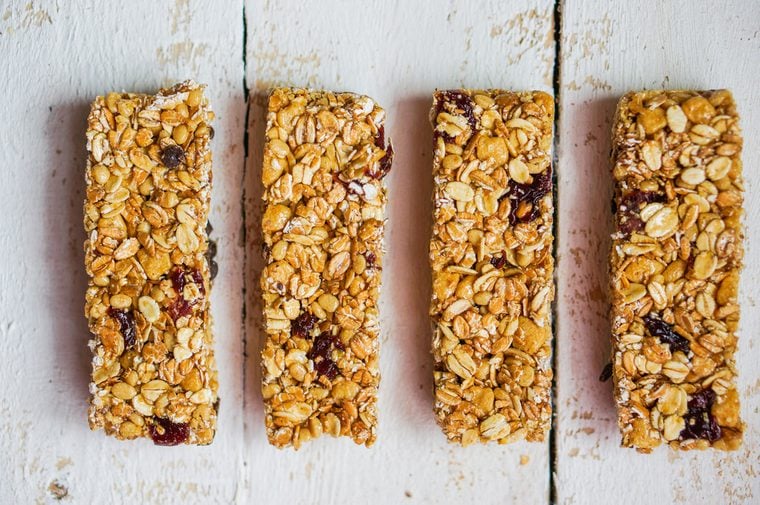
The fiber facts
“Many ‘high in fiber’ products are stuffed with what is essentially fake fiber. It’s not as healthy as the naturally occurring fiber in whole grains and vegetables. It may even cause gas, bloating, and other stomach problems. Watch out for chicory root, maltodextrin, and polydextrose on the ingredients list.” Robert J. Davis, PhD, author of Coffee Is Good for You: From Vitamin C and Organic Foods to Low-Carb and Detox Diets, the Truth About Diet and Nutrition Claims Learn lots of ways to get more fiber in your diet without even trying.
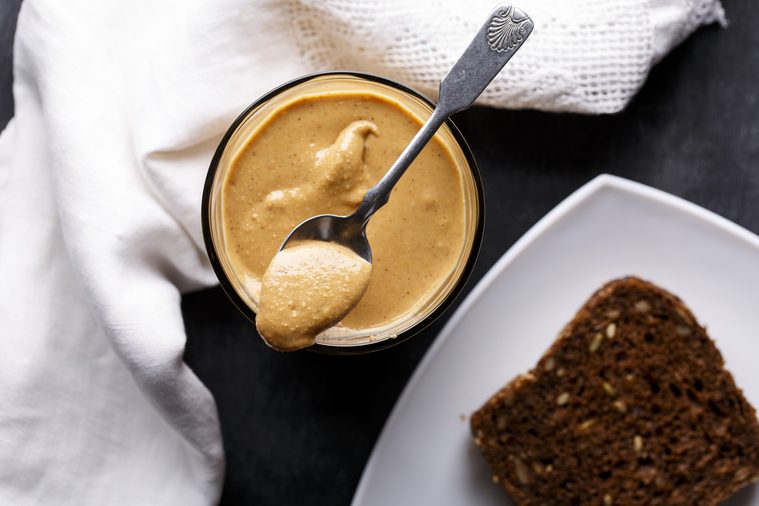
The bugly truth
“FDA regulation does allow some insect parts [from harvesting, the manufacturing process, etc.] in your food. Peanut butter can have up to 30 insect parts per 100 grams. It has no effect on the healthiness, but people might want to know.” Michael Jacobson, PhD
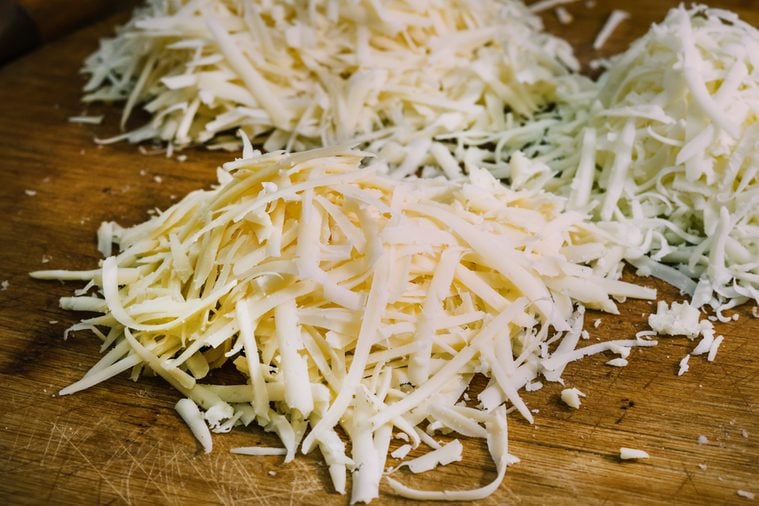
Food fake-outs
“Many ‘cheese products’ (for example, processed slices and some shredded brands) aren’t really cheese. To save money and simplify the production process, manufacturers take out some of the milk and replace it with processed milk protein concentrate or whey protein concentrate. Under FDA guidelines, those products can’t be called cheese; instead they’re called pasteurized prepared cheese products.” Melanie Warner, author of Pandora’s Lunchbox: How Processed Food Took Over the American Meal
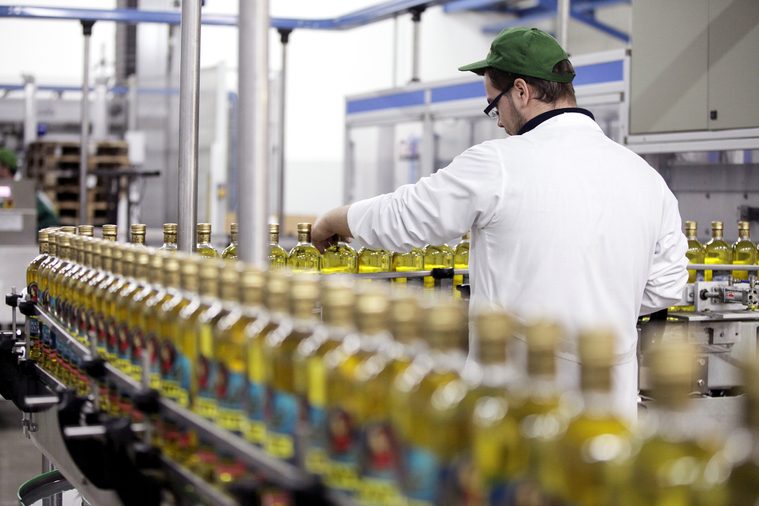
Oil overpromising
“Your extra virgin olive oil may actually be a lower-grade oil. In our research, approximately 70 percent of bottles pulled off supermarket shelves were either rancid or did not meet the criteria for the extra virgin grade. To find a good oil, look for a dark glass or tin container, which may protect the oil from light, and for the freshest olive oil, check the harvest date on the label. If there is no harvest date, check the best by date.” Dan Flynn, executive director of the University of California, Davis, Olive Center
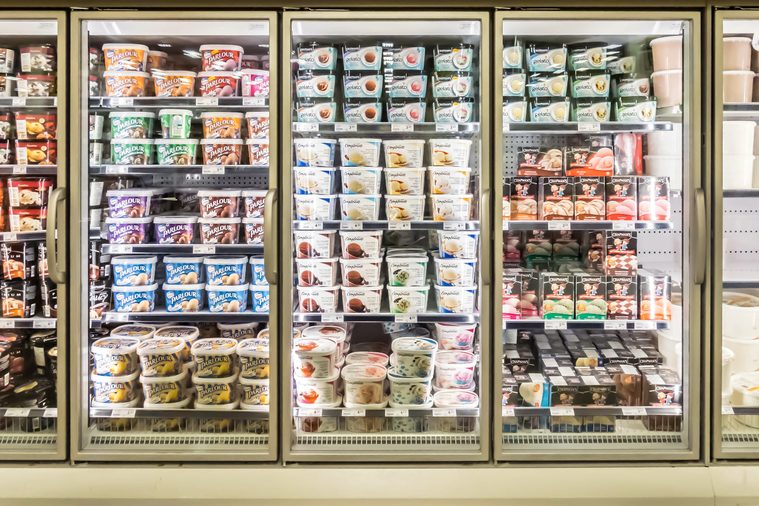
Dairy disguise
“In order for a product to legally be considered ice cream in the United States, it must contain at least 10 percent milk fat. If there’s less than that, you can’t call it ice cream. If you look closely in the supermarket, you’ll see a lot of products are labeled frozen dairy dessert.” Jordan Pierson, chief marketing officer of Wink Frozen Desserts
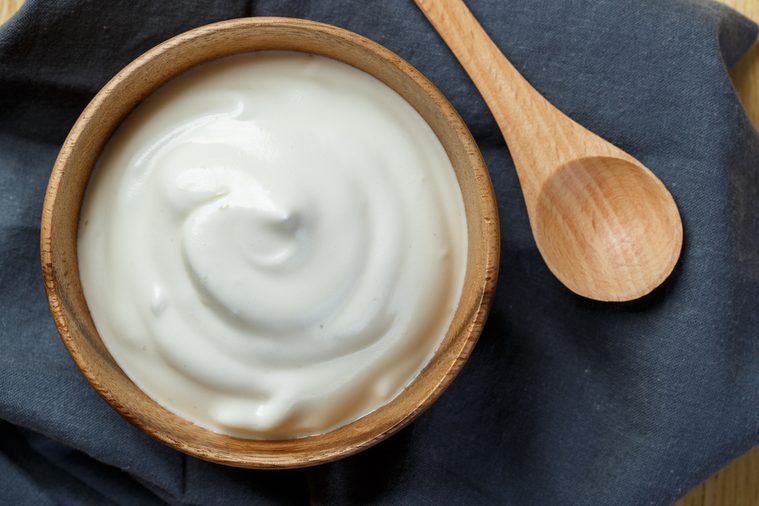
It’s Greek to me
“Watch out for Greek yogurt that is not authentically strained. Some manufacturers will use add-ins instead of straining the yogurt to make it thick. How to tell: If you see either whey protein concentrate or milk protein concentrate on the ingredients list, the company is taking shortcuts.” Melanie Warner
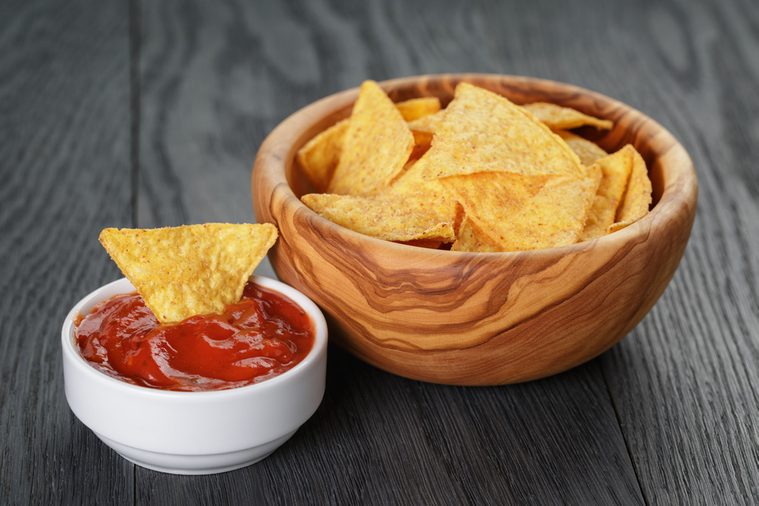
“Healthy” products that might not be
“Baked, popped, or low-fat ‘chips’ may seem healthier. But often, they’re just baked conglomerations of highly refined potato flakes, refined grains, and different kinds of powders. You may be better off eating potato chips, made with real potatoes fried in a healthful oil.” Katherine Tallmadge, a Washington, DC–based nutritionist and the author of Diet Simple These foods are also not quite as healthy as you think.

How sweet it is
“Synthetic and artificial sweeteners were originally found useful for people who had diabetes. They were supposed to be an occasional ingredient. Today, people think because they have no calories, they can consume as much of them as they want.” Kantha Shelke, PHD These are the things that happen to your body if you stop eating artificial sweeteners.
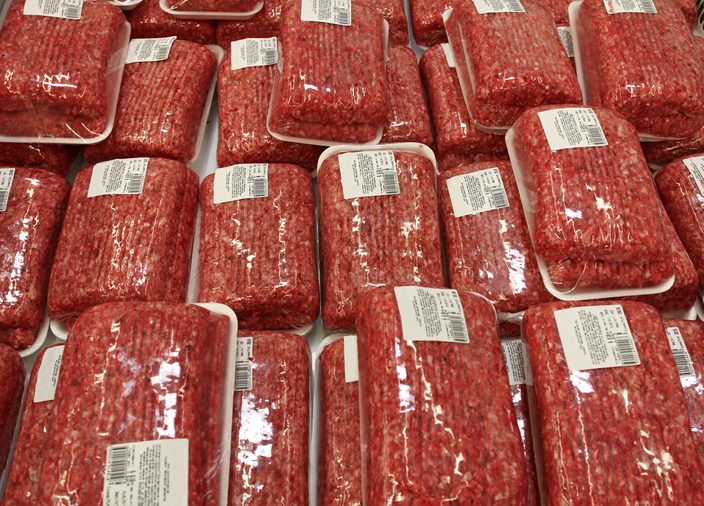
Label lies
“When the label on meat says no nitrates or nitrites added, that’s incorrect. Most of those products take celery powder, which is very high in natural nitrates, and convert it into a chemical that, in the lab, is no different from the traditional version.” Joseph Sebranek, PHD, a professor of meat science at Iowa State University
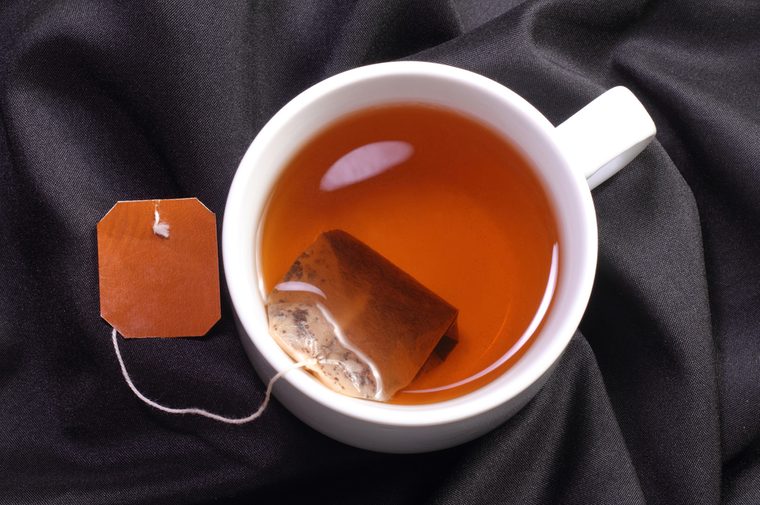
Choose your tea wisely
“Everyone knows all about the incredible health benefits of tea, but bottled tea can have very few of those benefits. Tea needs to be freshly brewed.” Katherine Tallmadge Learn more about the amazing health benefits of tea.
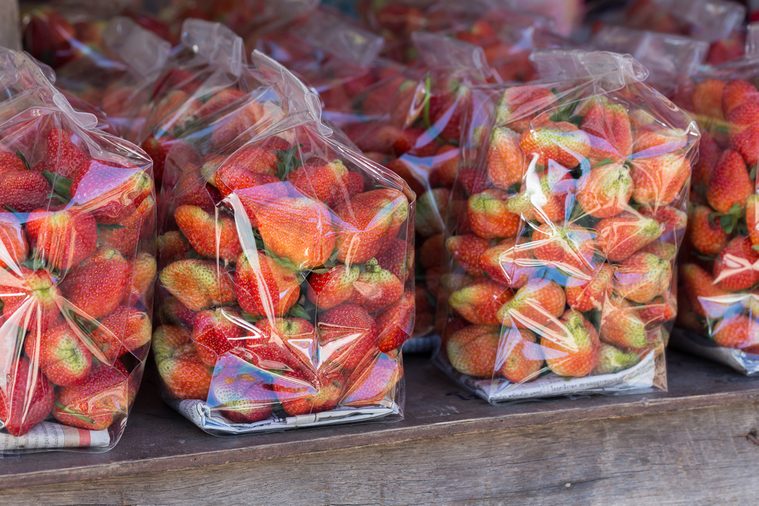
Surprising facts about safety
“The newest concern is over nanoparticles, which are so small, they can penetrate our cell walls. While some types of nanoparticles may increase the shelf life of packaged food, not much is known about how they affect our bodies. And because they’re not required to be listed on food labels, we don’t know how many manufacturers are using them.” Bruce Bradley

Fowl play
“We did a study in 2012 in which we looked at feather meal, a by-product of poultry production, to see what drugs the chickens may have received before slaughter. A number of samples had residues of antibiotics that are banned from use in poultry. Many also contained caffeine, acetaminophen (the active ingredient in Tylenol), and diphenhydramine (the active ingredient in Benadryl). Samples from China had fluoxetine, the same active ingredient as the antidepressant Prozac. From a human health perspective, our findings weren’t necessarily worrisome (since we don’t eat feathers, and it’s unclear whether it affects the meat), but they were certainly surprising.” Keeve Nachman, PhD, a director at the Center for a Livable Future at the Johns Hopkins Bloomberg School of Public Health
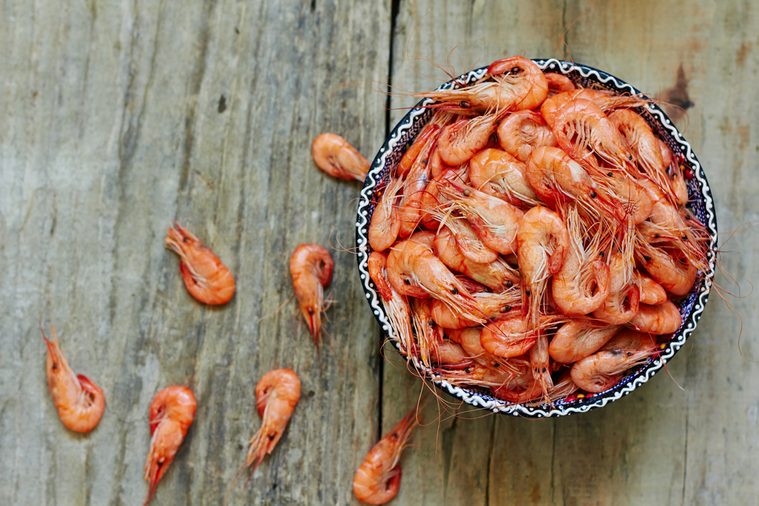
Seafood, unseen
“The FDA inspects less than 2 percent of our seafood imports, while the European Union inspects 20 to 50 percent of theirs. Since 90 percent of our seafood comes from other countries, banned drug residues and unwanted contaminants could be getting in. If you can, choose domestic seafood (the FDA requires that seafood be labeled with its country of origin), especially if you buy shrimp, because when it is inspected, it fails more than other products.” Dave Love, PhD, a researcher at the Center for a Livable Future at the Johns Hopkins Bloomberg School of Public Health
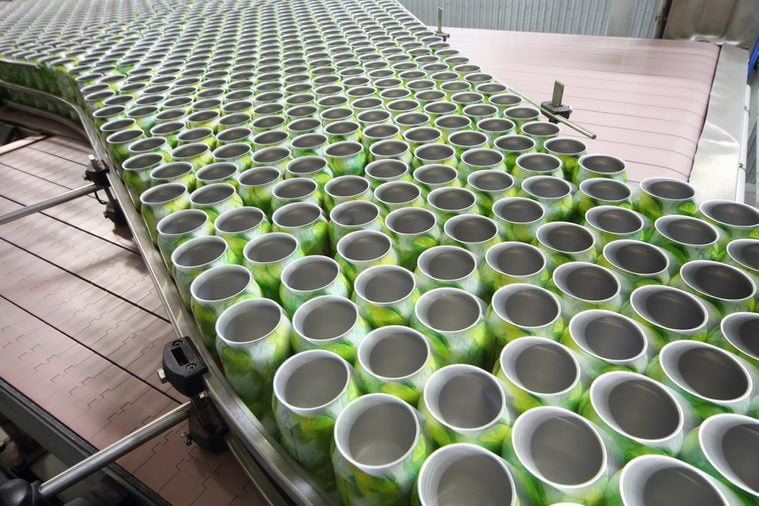
Why we buy what we buy
“When a food has a green calorie label, you may think it’s more nutritious. We showed people two identical candy bars, but one had a green label, and the other, a red one. The people were much more likely to say the green-labeled product was healthier.” Jonathon Schuldt, director of Cornell’s Social Cognition and Communication Lab Here are some more supermarket tricks you totally still fall for.
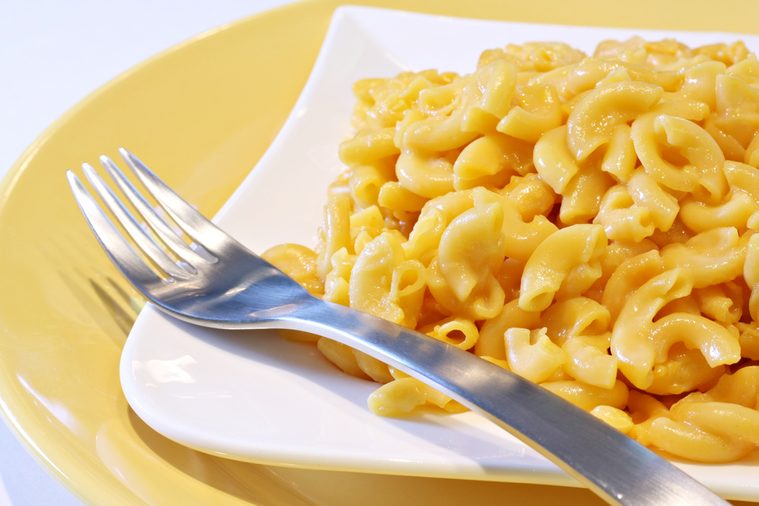
Emotional eating
“We use powerful visual imagery on our packaging to connect with you on an emotional level. There’s the Kraft Macaroni & Cheese smiling noodle and ‘You know you love it’ tagline. That noodle actually makes consumers smile back at the packaging.” Ted Mininni, package design consultant and president of Design Force
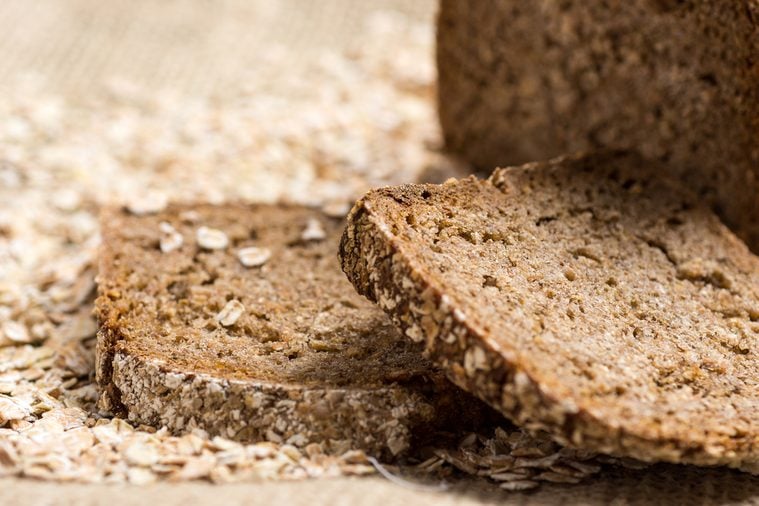
Against the grain
“The term multi-grain usually means a product is not a healthy choice. People confuse it with whole grain, but all it means is that several kinds of grain were used. The first ingredient should be whole grain.” Katherine Tallmadge

Who’s really behind the deals
“When you see a buy-one-get-one deal or other promotion at your local grocery store, food companies are often the ones giving you that, not the store. Stores can require us to do all sorts of promoting and run sales a certain number of times per year.” Jason Burke
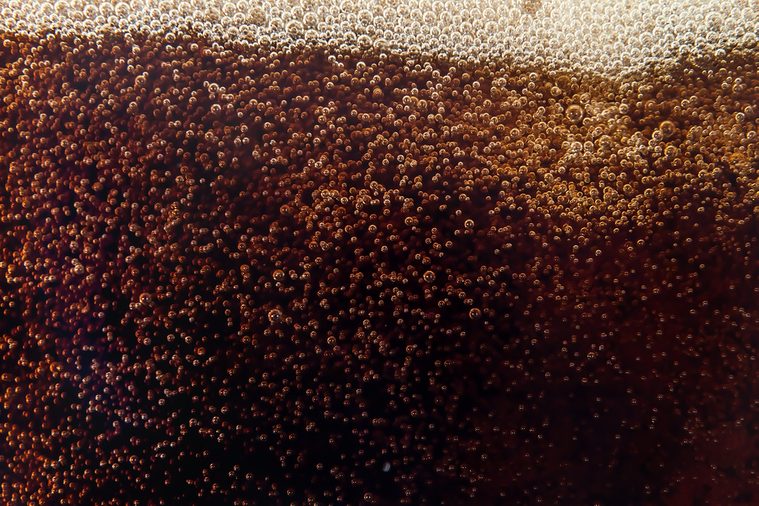
How we please your palate
“Companies hire tasting panels to find what’s known as a product’s bliss point, the perfect amount of sugar that creates the maximum amount of appeal. To create Cherry Vanilla Dr. Pepper, for instance, a Cadbury Schweppes consultant prepared 61 distinct formulas and subjected them to 3,904 tastings.” Michael Moss, author of Salt Sugar Fat: How the Food Giants Hooked Us Here are some more icky secrets about how processed food is made.
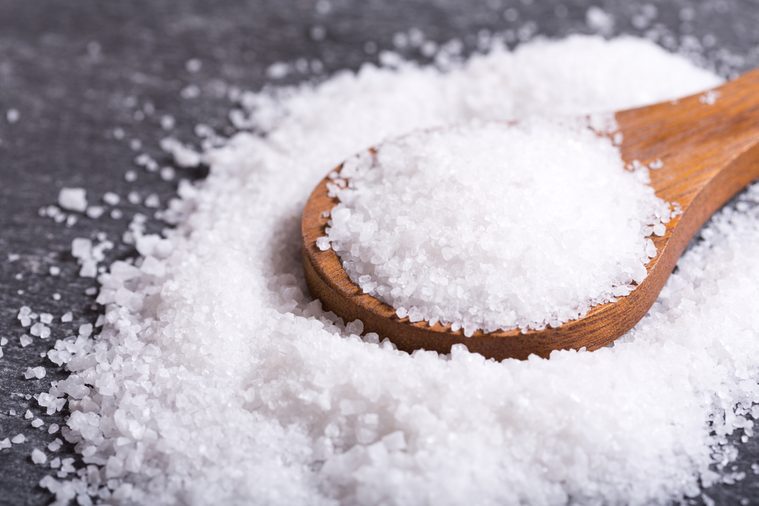
Why there’s so much salt in… everything
“Salt is a miracle ingredient to food manufacturers. It acts as a preservative, saves money by substituting for more expensive herbs and spices, brings out sweetness, and masks the bad flavors inherent to many processed foods.” Michael Moss

Fairy dust?!
“The majority of processed foods start in the factory with huge vats of processed flours, sugars, and oils. They’re dumped into systems that mix them and add salts, flavorings, and colorings to re-create the look and feel of something you might make at home. Then we would sprinkle in some ‘fairy dust.’ Maybe it’s something to make it feel more handcrafted, like sun-dried tomatoes. Or it may be vitamins, antioxidants, or extra fiber so we can say it’s good for you.” Bruce Bradley

What kids like
“You can’t get people to buy something just by telling them it’s good for them. You have to appeal to their senses and emotions. Kids are 65 percent more likely to grab an apple if it has a Sesame Street character on it, so now we’ve got Sesame Street on all types of fruits and vegetables. We also ask people to post fruit and veggie ‘food porn’ on their social media accounts.” Suzanne Ginestro
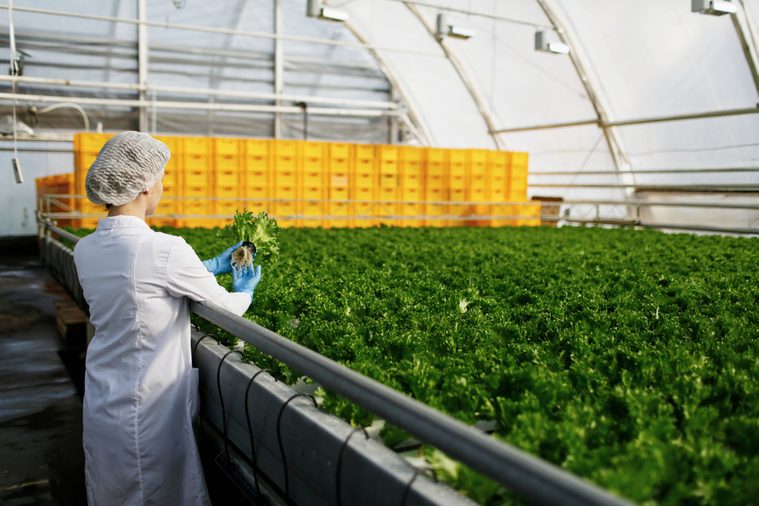
Who’s guarding the henhouse?
“For many additives that go into food, our regulatory system is pretty close to nonexistent. The FDA lets food manufacturers do their own safety testing and decide independently whether ingredients are ‘generally recognized as safe.’ There are no specific mandatory guidelines about the type of testing they have to do. They don’t even have to tell the FDA about new additives they’re using.” Melanie Warner Here are some foods you never knew were illegal in the United States.
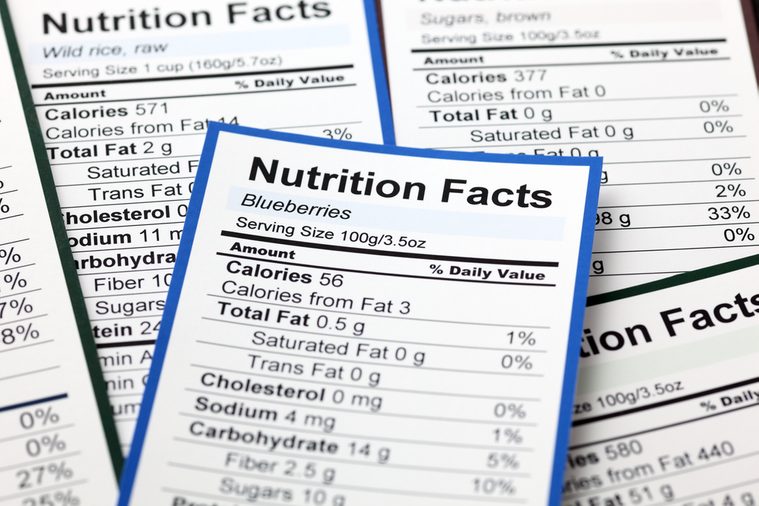
“It’s all self-policed”
“In my experience, one thing that really surprised me is that no governing body is required to precheck nutritional labels for accuracy. When we develop a product, we use software to create the label, but we don’t have to submit it to anyone. It’s all self-policed. I think the only time the FDA would look at it would be if customers were complaining.” Joel Warady, chief marketing officer of Enjoy Life Foods
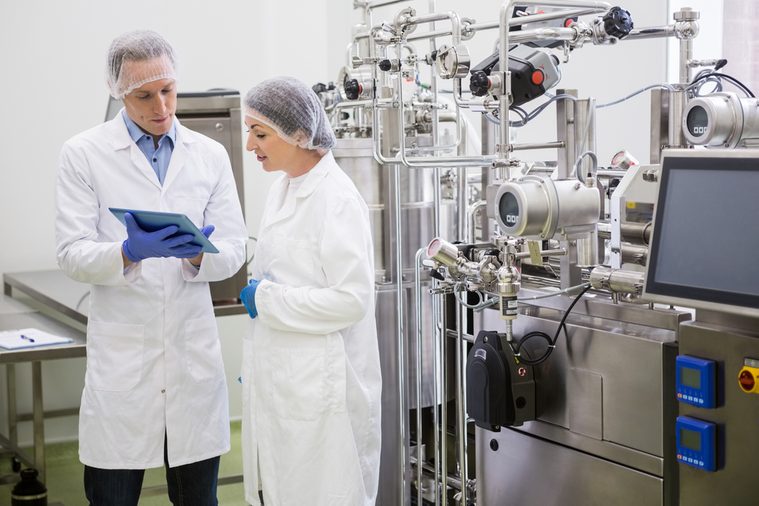
Who’s in charge here?
“Our FDA today is not the FDA it used to be. There are a lot of people in the FDA with a vested interest in enterprises that have to do with synthetic products. People should be cautious.” A food scientist who consults for major food companies
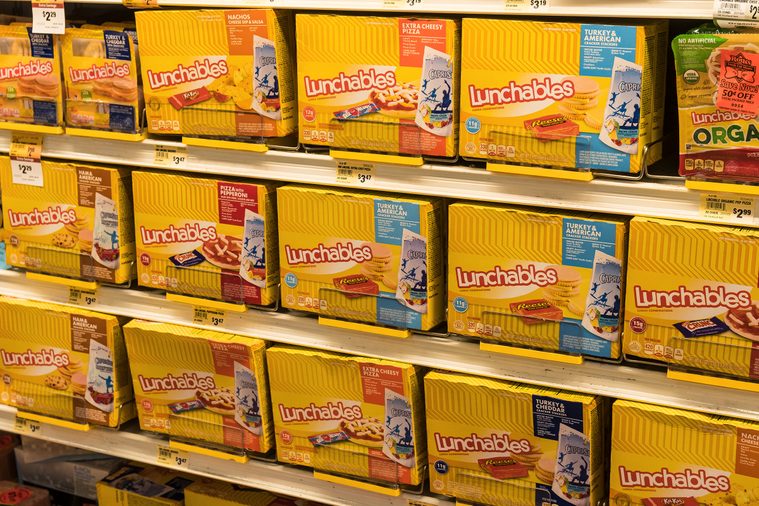
Chew on this
“When you develop new food products, your goal is to find headaches in the marketplace that are intense, deeply felt, and widely shared, at least among a particular niche. When I worked at Oscar Mayer in the 1980s, we heard from working moms about what a scramble it was to get ready for work and pack lunches for the kids. We came up with the idea of putting food in a kit or a tray. We started with bologna, but then we had to find a bread. But bread didn’t last. We decided on crackers, which was a real question mark because no one was eating crackers for lunch then. The funny thing was, kids loved them. So that’s how Lunchables was born.” Bob Drane, a former Oscar Mayer executive
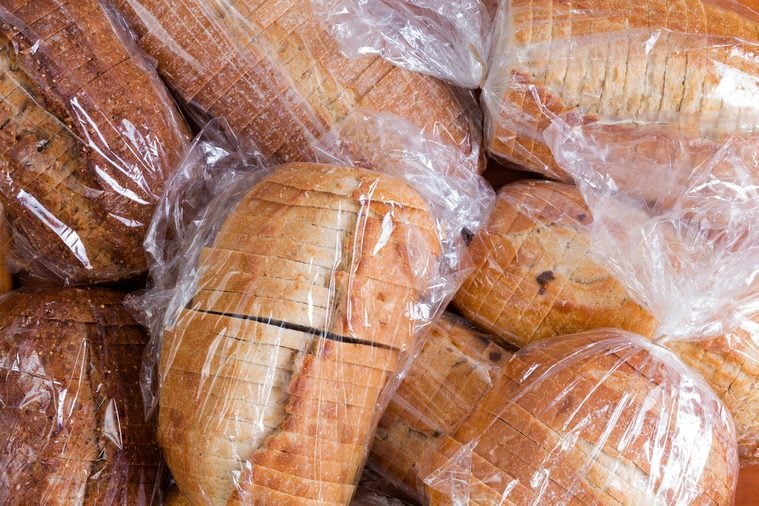
Food history is weird
“A lot of the foods we eat have interesting origins. For example, the bacteria responsible for sourdough bread originally came from rodent feces. Any sourdough you eat has that history, yet it’s all perfectly safe and delicious.” Rob Dunn, PHD, a biologist at NC State University and the author of The Man Who Touched His Own Heart
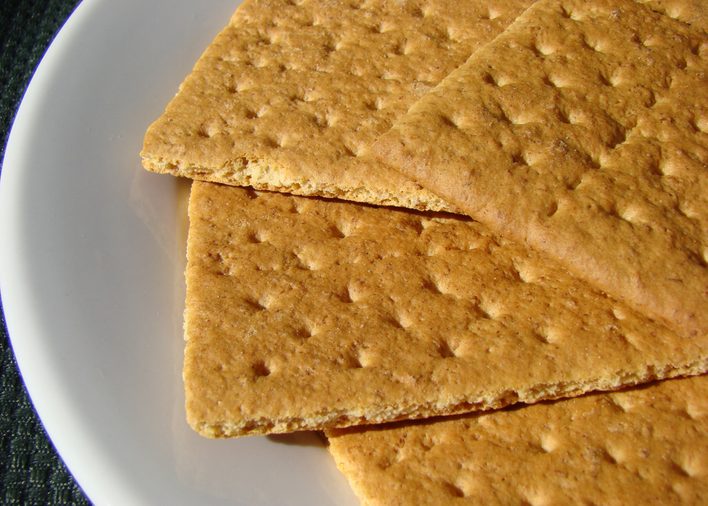
Good, clean crackers
“The first graham crackers were invented by a Presbyterian minister to reduce sexual desire: Sylvester Graham thought Americans were too filled with desire and blamed meat, white bread, and alcohol. He created the graham cracker. It was a bland, whole wheat–like biscuit. It wasn’t until after his death that it turned into the sweet treat that we know today.” Libby O’Connell, PHD, historian and author of The American Plate: A Culinary History in 100 Bites Learn more about the weird history behind graham crackers.
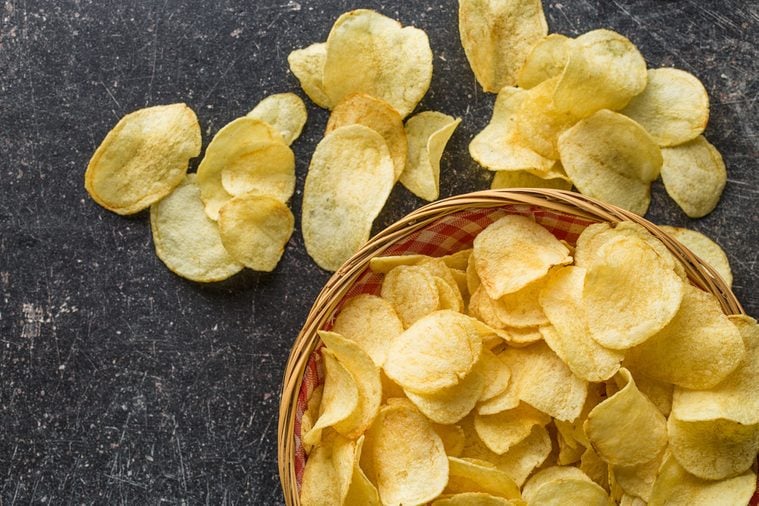
Crunch time
“The louder a potato chip crunches, the more people like it—and the more they will eat. When Frito-Lay used a $40,000 device that simulates a chewing mouth to test and perfect the chips, they discovered the optimal breakpoint: Most people like a chip that snaps with about four pounds of pressure per square inch.” Michael Moss
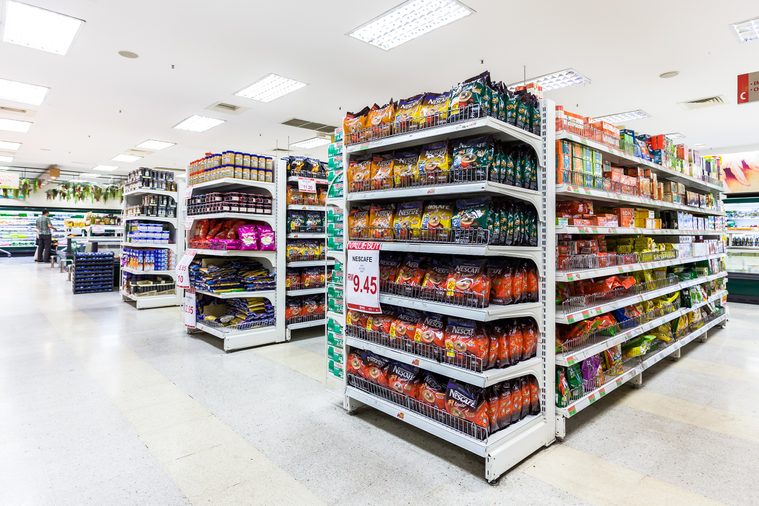
Sell it to me
“Getting your products into grocery stores is incredibly difficult. We were in business for seven or eight months before we persuaded the first retailer to carry our product. Some chains ask you to pay thousands of dollars up front—or donate the equivalent in product—before they’ll take your product.” An officer at a small food company Learn more secrets grocers won’t tell you.

Name your price
“While many people complain about food prices, the fact is that U.S. families spend only 5.6 percent of their disposable income on food products consumed at home. Few people know that the United States has the lowest percentage of any industrialized country in the world.” Roger Lowe, executive vice president of communication at the Grocery Manufacturers Association
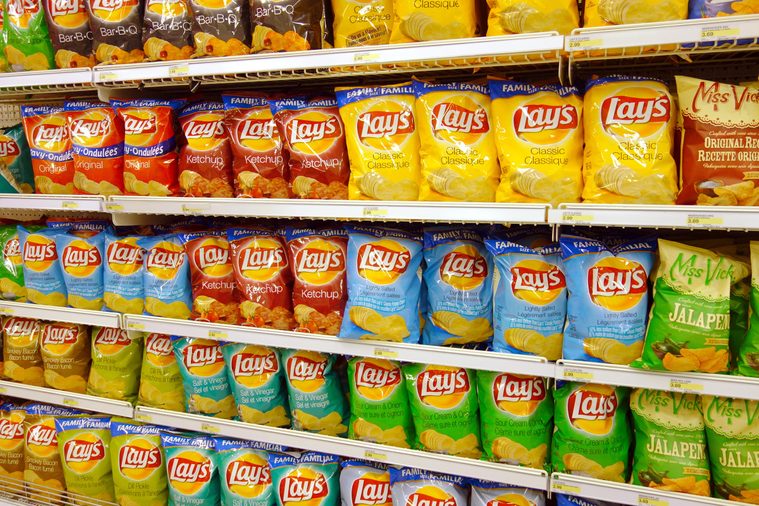
Beginners’ luck
“In a given year, up to 89 percent of new items fail. That’s why most new products that big food companies put out now are simple line extensions. Coming up with a new flavor of Gatorade or chips is much easier than investing, say, $20 million developing, creating, and introducing a great new mega-product. Then they look for smaller companies breaking ground with new products and buy them, so that’s why you see General Mills buying a company like Annie’s.” Hank Cardello
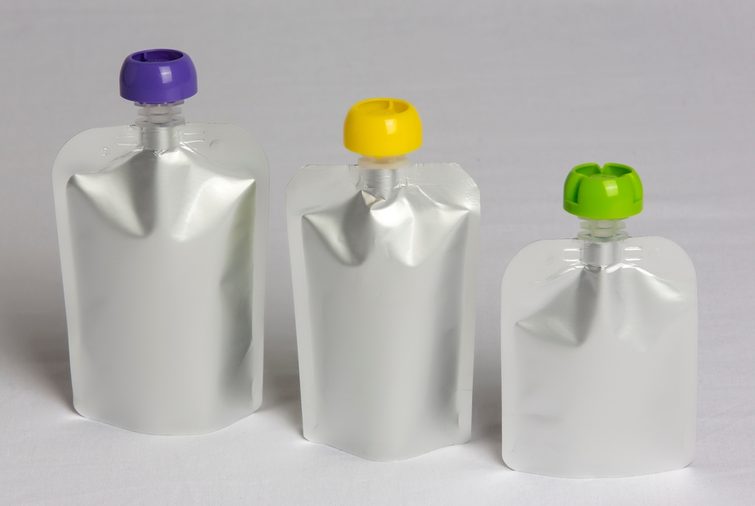
Package deal
“Sometimes, the function and convenience of a package can help push a brand toward the top of its category and even revolutionize an industry. Plum Organics did it when it came up with the idea of selling baby food in squeezable pouches. And Domino Sugar did it when it replaced its messy paper bag with a pourable plastic jar.” Ted Mininni
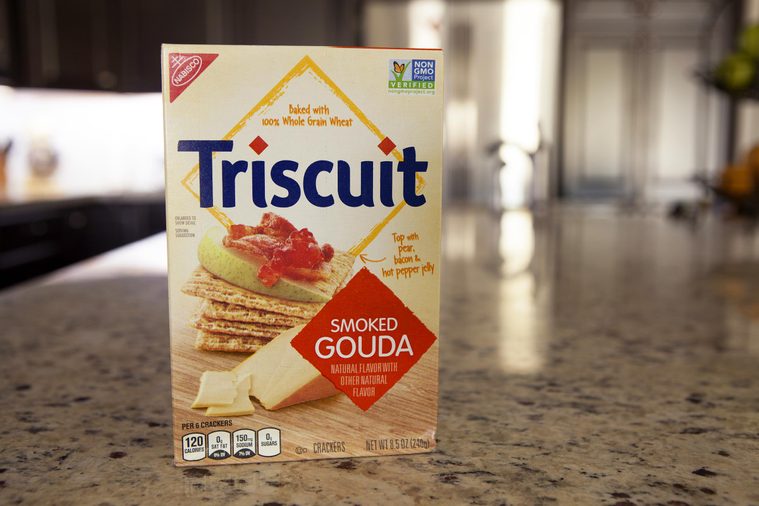
Smart grocery store picks
“When it comes to crackers, Triscuits are a good choice. The original version has only three ingredients: whole-grain wheat, oil, and salt. Other good options are the Finn Crisp and Wasa brands, which are also 100 percent whole grain and low in sodium.” Katherine Tallmadge These are the things nutritionists do at grocery stores that you probably don’t.
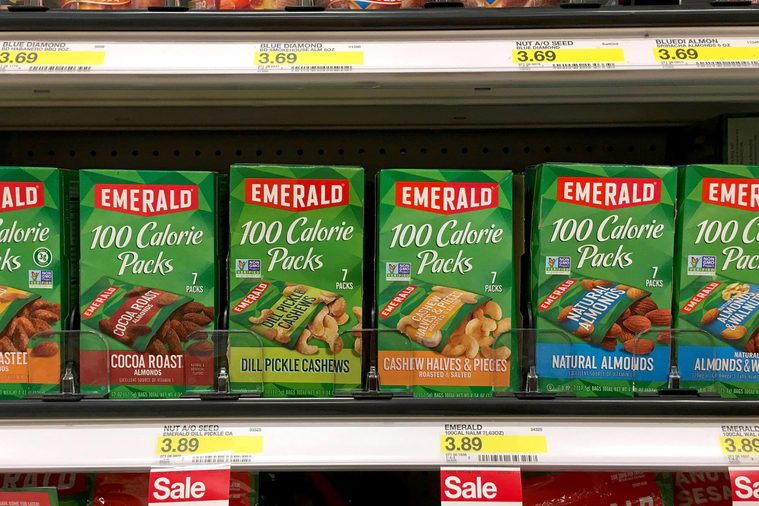
Mind over matter
“Those 100-calorie snack packs can work. When we gave people four 100-calorie packs of crackers, they ate on average about 25 percent less than when we gave them a single 400-calorie pack.” Collin Payne, PHD, codirector of the consumer behavior lab at New Mexico State University
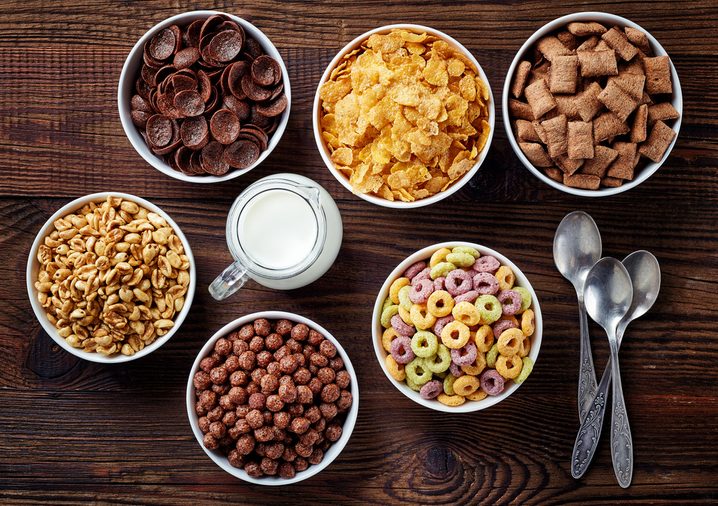
Getting real about cereal
“Cereal is nowhere near as wholesome as companies want you to believe. The manufacturing process destroys a lot of the natural nutrition, even if the product contains whole grains. That’s why virtually every cereal has a long list of added vitamins and minerals. In my family, we don’t eat cereal very often, and we look for ones that have less than eight grams of sugar per serving.” Melanie Warner These are the breakfast foods you should never, ever eat.
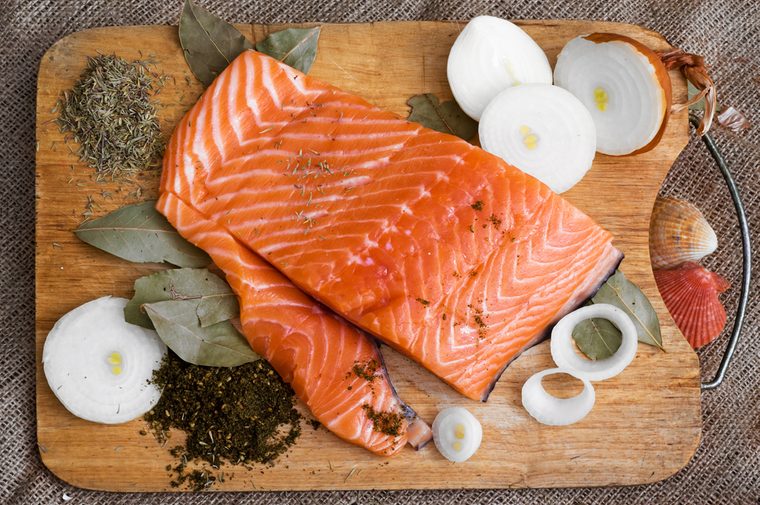
Something fishy
“Farmed salmon is not necessarily a bad choice, especially if you get it from a store that’s careful about its sourcing. Some studies show it has slightly more heart-healthy omega-3s than wild salmon.” Robert J. Davis, PhD
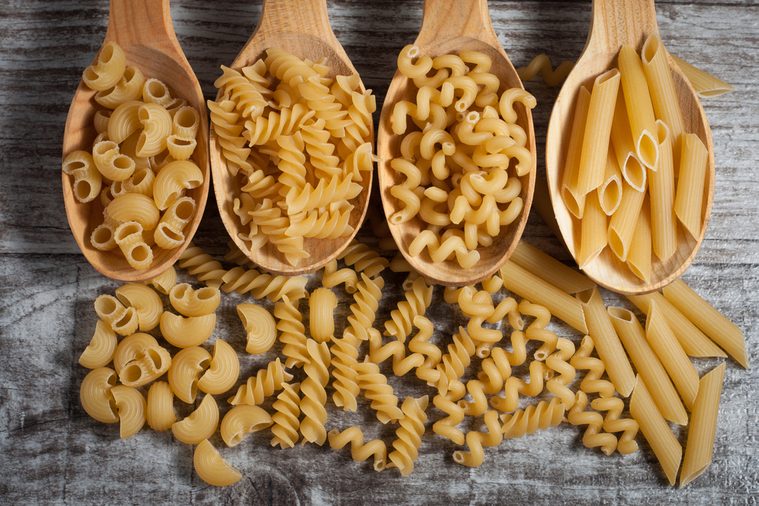
When regular pasta is better
“If you’re prone to diabetes, stick to regular pasta instead of whole wheat. Whole wheat pasta often has more starch than regular because of the way it’s ground. Or just look for a pasta with a low glycemic index, which some brands put on the box.” Kantha Shelke, PhD
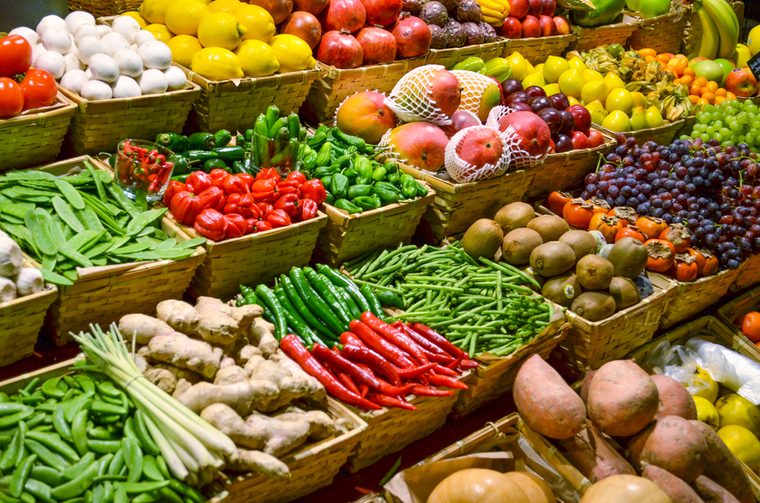
If you remember one thing…
“It can get overwhelming with all the advice that’s out there, but the number one basic step you can take is simply to eat more fruits and veggies. If you want to go further, cook more.” Bruce Bradley Next, learn the secrets nutritionists won’t tell you.